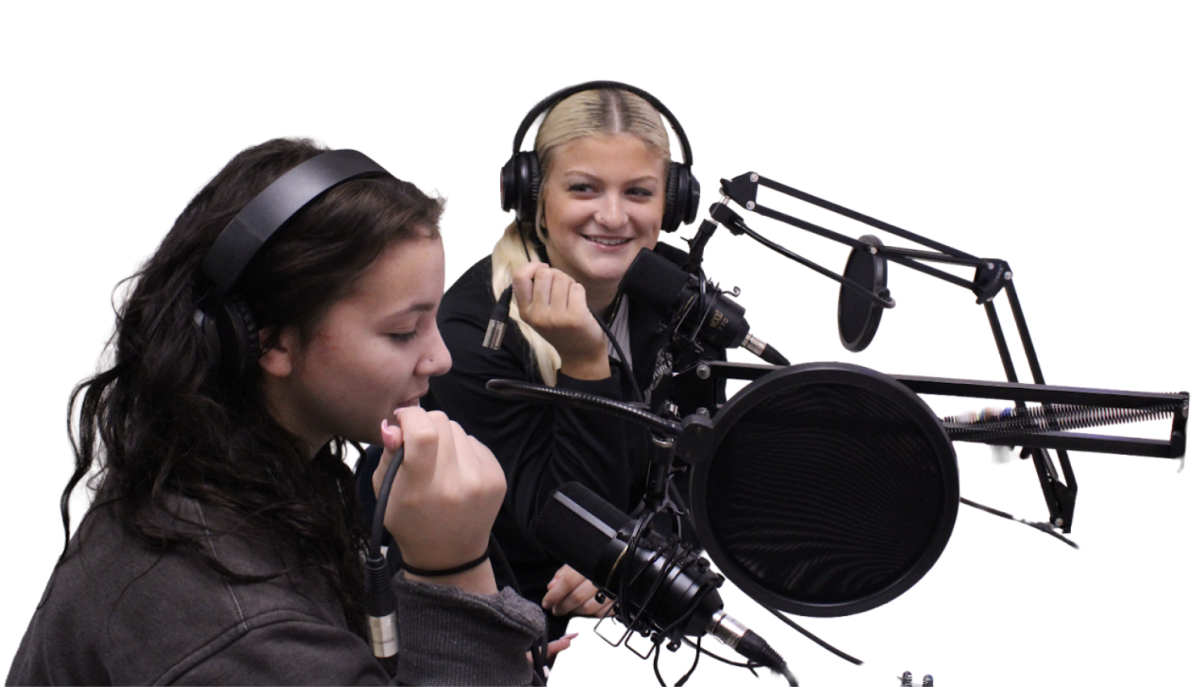What if social media isn’t just making teens insecure, but profiting from that insecurity? From beauty filters that subtly slim faces to influencers promoting unattainable body standards, platforms are shaping how young people see themselves – often for the worse. Teens being constantly exposed to edited images and beauty trends can fuel feelings of body dysmorphia, a mental disorder where one becomes fixated on the perceived flaws in their appearance.
Social media platforms have been known for promoting highly curated, idealized versions of life and beauty. This presented content, paired with the widespread use of filters and editing apps, creates a cycle where users are constantly comparing their unedited selves to polished and often unrealistic images. Instagram, with its focus on visuals, has become a prime example of how platforms create impossible beauty standards. These platforms are designed to highlight certain aesthetics, which can lead users to feeling like their natural appearance is not good enough.
Constant exposure to idealized images on social media doesn’t just promote unrealistic beauty standards; it also alters how teens view themselves.
“Social media has definitely impacted how I see myself,” junior Madelyn Cook explained. “If I see companies or influencers promoting unhealthy or unrealistic body standards, I worry that others [will] see how I look and think I look wrong.”
When people spend more time comparing themselves to the “perfect” versions of peers they see online, they become more likely to develop negative self-perceptions. Over time, this leads to body dissatisfaction, where teens fixate on their flaws and feel trapped in a cycle of self-criticism. For many, the constant search for validation through likes, comments and followers only deepens their sense of insecurity, creating a dangerous feedback loop.
Teens with poor body image or low self-esteem are often more vulnerable to the distorted beauty standards perpetuated on social media. When individuals don’t feel confident in their appearance, they’re more likely to compare themselves to others and internalize feelings of inadequacy.
“The more grounded we are in our identity, the more we are able to resist influence from outside sources,” guidance counselor Colleen Russell said. “This, however, is a really hard skill to develop, and no one should feel ashamed for struggling with comparison or feelings of inadequacy. We are all subject to it, even adults. Being grounded in our own identity is an ongoing effort.”
Although social media plays a significant role in shaping self-perception, the way individuals engage with it can determine the extent of its impact. Algorithms are designed to keep users engaged by feeding them content that reinforces insecurities, which is often in the form of “health” or “self-improvement” videos. This is particularly evident in how platforms promote certain body types and dieting trends.
“A 2022 study on TikTok and diet culture found that TikTok content often promotes disordered eating habits to viewers, presenting thinner body types as more ideal and preying on the viewers’ insecurities around their bodies,” freelance health writer Sian Ferguson wrote for Healthline.
This pattern highlights how social media doesn’t just reflect beauty standards – it actively shapes them. The curated narratives that are popularized by social media make it difficult for users to separate reality from manipulated content. The endless exposure to posts promoting unrealistic body goals can push vulnerable individuals toward unhealthy behaviors, further deepening the cycle of dissatisfaction.
While social media can fuel body dysmorphia and self-doubt, it can also be reshaped into a more positive and affirming space. To do this is more simple than you might realize: Take control of what appears on your feed. Algorithms respond to the content you interact with, which influences what platforms show you. By making intentional changes, it’s possible to shift away from harmful beauty standards and toward content that promotes self-acceptance.
“Unfollow influencers who are increasing your sense of doubt and shame,” Russell advised. “Put away your phone and engage in an activity [that you enjoy] so you are focusing on yourself and activities that make you feel whole. Seek help and support when needed.”
Unfollowing harmful accounts can help reduce negative self-comparisons, while following creators who promote body positivity and diverse beauty standards can help reframe beauty perceptions.
Social media’s influence on body image is undeniable, but it doesn’t have to dictate self-worth. By being intentional about how to consume content, young people can reclaim their feeds and create healthier mindsets. Changing the way social media is used can help break the cycle of manufactured insecurity.
“It takes a conscious effort to remember that an image or a couple second reel isn’t the full picture of someone else’s life,” Russell said. “We have to, to the best of our ability, stay focused on our own values and goals.”











